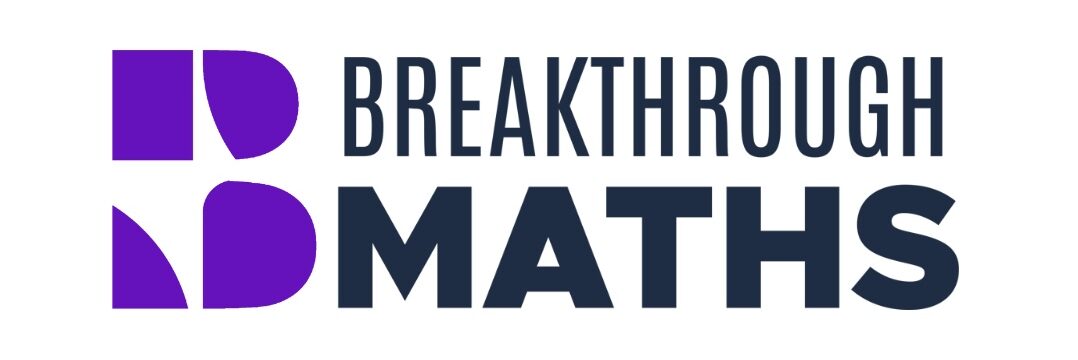Email
[email protected]
Master A-Level Maths with These 7 Essential Concepts
Are you ready to take your math skills to the next level with A-Level Maths?
Table of Contents
Introduction to A-Level Maths
Are you ready to take your math skills to the next level with A-Level Maths?
In this blog post, we’ll give you a brief introduction to the A-Level Maths course, including what topics are covered in the syllabus, who takes the exam, and when it is typically taken. We’ll also share some tips and strategies for studying and preparing for the exam, so you can feel confident and succeed on exam day!
A-Level Maths is a qualification that is taken by students in the UK who are aged between 16 and 18. It is a necessary subject for many university courses, particularly those in the STEM fields. The A-Level Maths exam tests your knowledge and understanding of a range of advanced mathematical concepts, including calculus, algebra, geometry, statistics, and trigonometry.
The A-Level Maths course is typically divided into two parts: AS-Level and A2-Level. AS-Level Maths is usually studied in the first year, while A2-Level Maths is studied in the second year. Students may choose to take just the AS-Level qualification or to continue on to complete the full A-Level qualification.
A-Level Maths exams are typically taken at the end of the second year of study and are graded on a scale from A* to E. A* is the highest grade and is usually reserved for the top students. In addition to the core A-Level Maths curriculum, students may also choose to study further math topics through optional modules or through an A-Level Further Maths qualification.
There are two main exam boards that offer A-Level Maths in the UK: AQA and Edexcel. Both exam boards offer a similar curriculum, covering topics such as calculus, algebra, geometry, statistics, and trigonometry. However, there may be some slight differences in the specific content covered and the way the exams are structured.
A-Level Maths is a challenging subject that requires a strong foundation in math concepts and problem-solving skills. However, with dedication and hard work, it can be a rewarding subject that opens up many doors for further study and career opportunities.
Overview
The A-Level Maths course covers a range of advanced mathematical concepts, including calculus, algebra, geometry, and trigonometry.
Calculus is a branch of math that deals with rates of change and the lengths, areas, and volumes of objects. Algebra involves working with equations, graphing functions, and algebraic expressions. Geometry focuses on shapes and spatial relationships. Trigonometry consists of working with triangles and circular functions.
The A-Level Maths exam consists of two parts: AS-Level and A2-Level. AS-Level Maths is usually studied in the first year, while A2-Level Maths is studied in the second year. Students may choose to take just the AS-Level qualification or to continue on to complete the full A-Level qualification.
The exam is structured as a series of multiple-choice and short-answer questions, with some longer, more in-depth questions at the end. It is designed to assess students’ understanding of the key concepts covered in the course, as well as their ability to apply those concepts to real-world situations. The A-Level Maths course is a challenging but rewarding program that is highly respected by universities and employers.
7 Key Concepts
- Algebraic manipulation: This involves using algebraic rules and properties to rearrange equations and expressions in order to solve problems.
- Solving equations and inequalities: This involves using algebraic methods to find the solutions to equations or inequalities.
- Graphing functions: This involves using a graph to represent the relationship between two variables and to analyze the behaviour of a function.
- Differentiation: This involves using calculus to find the rate of change of a function at a given point, or to find the equation of a tangent line to a graph.
- Integration: This involves using calculus to find the area under a curve or to find the total value of a quantity that is changing over time.
- Trigonometry: This involves using trigonometric functions and identities to solve problems involving angles and triangles.
- Probability and statistics: This involves using statistical methods to collect, analyze, and interpret data. This may include calculating probabilities, finding the mean, median, mode, and range of a data set, or using statistical tests to make inferences about a population.


